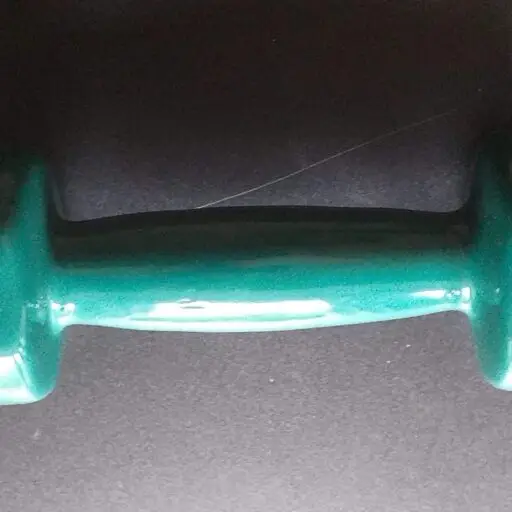BENEFITS:
Chest, Upper Back, Shoulders, Arms, Biceps
START POSITION: Lie back on an incline bench which has been set for an incline of around 25 – 45°. The image below shows an angle of no more than 40°.
Hold 2 dumbbells directly above your Shoulders at arms length. You’re ready to go.
NOTES: Difficulty Rating: 55%
From the Start Position begin to lower the Dumbbells downwards and outwards by bending the elbows and encouraging the Chest to expand sideways. At the bottom of the movement your elbows should be lower than your Shoulders, and for super fit athletes who use very heavy Dumbbells, it’s not unusual for the elbows to sink very low – even below the top surface of the bench.
Breathe out on the way up and in (best through your nose) on the way down. You can pause for a half second at the top position where the Dumbbells are close to each other and give a little squeeze of your Chest muscles – this helps to activate and engage more of the muscles thereby making the exercise more efficient.
This exercise requires less weight than the heavier Chest exercises like the flat Bench Press. This is because you are working the Upper Chest more than the bulkier lower and mid Chest muscles. The Upper Chest is always weaker than the Middle Chest so I would recommend using at least half the weight you normally Bench Press with.
Incline Flys (as with all incline-style gym exercises) serve as an accessory exercise to the more powerful main Chest exercises (such as Push-ups and Flat Bench Press). They are critical for serious athletes because they ensure that many weaker areas of the body are strengthened – which keeps everything nicely balanced. As with all accessory exercises (and especially if you are new to this stuff) you should aim to use low weights and high reps which give you a great workout with a much reduced risk of injury.
Some examples of accessory exercise for other muscle groups are Calf Raises (for Legs) and Reverse Flys (for Back). The MOJOH METHOD advocates training of the whole body including strength, Flexibility, and various accessory exercises, including a large amount of Pilates exercises. Do it all. It is far better to train everything with light weights (and get it all done) than to train heavy on only half your body.

